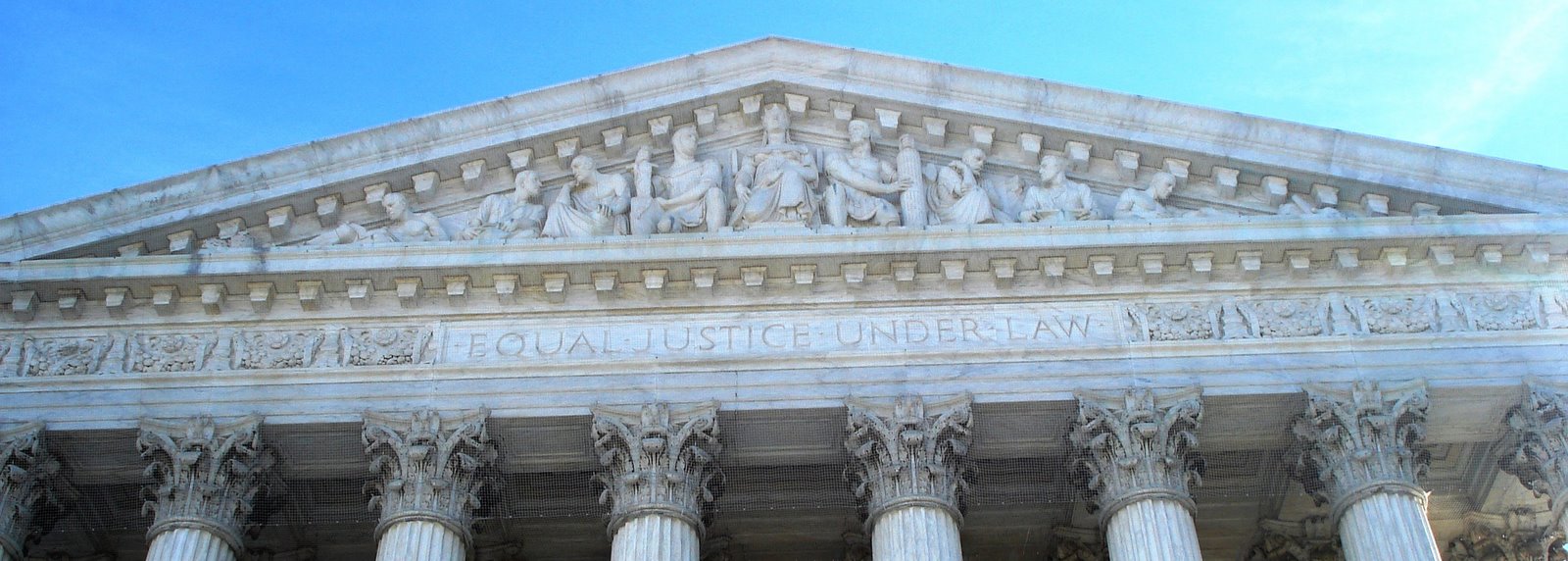Why most Pinoys don't have bank accounts: Poverty, bank requirements discourage savings; Many in provinces still keep money in piggy banks; Poor prefer to borrow from pawnshops, small lenders
Many Filipino households ‘unbanked’
"Poverty is the main reason why most Filipinos do not have bank savings, a central bank official said Thursday.
"Diwa Guinigundo, Bangko Sentral ng Pilipinas (BSP) deputy governor for Monetary Stability Sector, told radio dzMM that he was not surprised with the results of a BSP survey showing that 8 in 10 people in the country don't have bank accounts.
...
Guinigundo said the results of the survey should serve as a challange for both the government and the private sector.... According to Guinigundo, the survey was the first of its kind that was conducted by the BSP.... He said the another survey should also be made in 4 years to see if improvements have been achieved."
Many Filipino households ‘unbanked’ -- BSP
MAJORITY of Filipino households are not saving for the future, the Bangko Sentral ng Pilipinas (BSP) yesterday said as it released the results of its first Consumer Finance Survey that showed only two out of 10 families maintain deposit accounts.
80% Filipino households have no deposit account: survey
“The main reason cited by [around 93% of] households for the absence of a deposit account was they did not have enough money,” BSP Assistant Governor Ma. Almasara Cyd N. Tuaño-Amador told reporters at a briefing.
The remaining 7% claimed they did not need a bank or cash account, could not manage an account, the minimum balance requirement was too high, or they did not like dealing with banks or other financial institutions.
The survey was conducted from November 2009 to January 2010 and covered 10,520 households in Metro Manila and the Ilocos, Central Visayas and the Davao regions.
That eight out of 10 Filipino households were “unbanked” or not part of the formal financial system meant many did not have the means of weathering economic shocks or unexpected events.
It also meant that the BSP, which has made “financial inclusion” an advocacy, has its work cut out for it, officials said.
“The BSP should continue to work towards a more inclusive financial system, one that reaches out to... those who are excluded or unbanked,” central bank Governor Amando M. Tetangco, Jr. said during the briefing.
He added that the BSP should continue educating households on the advantages of entrusting savings to financial institutions and investing in various financial instruments.
BSP Deputy Governor Nestor A. Espenilla, Jr., in a text message, stressed the importance of having a deposit account.
“Bottom line, people should be saving if they can. And saving in banks is a better option for an individual than keeping money under the mattress,” he said.
“Money saved in banks also help the economy when these are recycled through loans to productive activities.”
Results of the Consumer Finance Survey also showed that a bigger proportion of households in Metro Manila (28.1%) had a deposit account compared to those in the other regions (16.1%).
Most families chose to open a deposit account in commercial banks. Other depository institutions were rural and cooperative banks, savings and thrift banks, multipurpose or credit cooperatives, microfinance banks, savings and loan associations and “paluwagan.”
“Not all deposit accounts were interest-bearing,” the report read. “Only six in 10 households had interest-paying deposit accounts. This indicated that a significant number of deposit accounts had an average daily balance below the required number to earn interest or had earned a negligible amount of interest.”
Aside from the low proportion having deposit accounts, Ms. Tuaño-Amador said “a very small percentage” of households had investments in stocks, mutual funds, or fixed-income securities including government papers.
In Metro Manila alone, less than 1% had invested in such financial instruments, while outside the region the percentage was “negligible.”
The survey also showed that almost half or 42.7% of respondents had at least one retirement or insurance plan.
Of this figure, 93.9% were covered solely by government insurance, 4.5% by both government and private firms, and the remaining 1.6% solely by private companies.
“The BSP should liaise with government pension systems to encourage membership and regular or timely payment of premiums to national pension and retirement funds...,” Mr. Tetangco said.
Ms. Tuaño-Amador added that “the benefits of joining the national insurance and pension system and the regular payment of premium should likewise be incorporated in the government’s financial educational programs.”
“This will not only encourage forced saving among households but also afford them protection from unexpected or unplanned expenditures,” she stressed.
With regard to credit cards and loans, 3.9% of households had credit cards, while 20.9% of households availed themselves of real estate, housing, motor vehicle and credit card loans.
“These [loans] were used primarily for business start-ups and expansion, educational expenses, debt payment, medical and house improvement expenses,” Ms. Tuaño-Amador said.
The money was sourced from money lenders, cooperatives, financing firms, the Social Security System and the Pag-IBIG Fund.
skip to main |
skip to sidebar



FILIPPIJNSE RECHTSHULP Philippine Legal Advice Information and Networking SOLUTIONS

PLAIN Solutions Advocate

- SUI GENERIS
- The Hague, Netherlands
- PB Payoyo LL.M., Ph.D. [Member, The Philippines-Netherlands Business Council, The Hague; Country Expert, Royal Tropical Institute, Intercultural Professionals (KIT IMC Bv), Amsterdam]